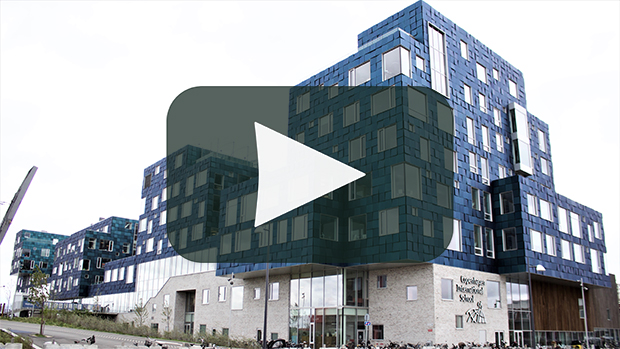During a new demo project at CITIES – Centre for IT-Intelligent Energy Systems – Danish Energy and DTU Compute will make a simple analysis of the impact of energy communities on the national grid.
—
Energy Communities is a new player on the energy market that can help incorporate larger amounts of sustained energy in the energy system.
Usually, energy communities include prosumers (consumers of energy that produce energy at certain times) that can have or have not the possibility to store energy, e.g. via batteries or thermal energy storage. Although these concepts can sound attractive to different stakeholders, it is not yet clear what the impact of ‘energy communities’ on different distribution systems is.
I a new demo project Danish Energy (a non-commercial lobby organisation for Danish energy companies) and DTU Compute will look at the impact of energy communities on three different grid layouts – urban, suburban and rural areas of Denmark – to estimate the consequences of different set-ups of energy communities on distribution grids, as well as to find the energy community set-ups that require further research.
– Of course, the idea of creating sustainability with local energy production sounds very good. But we are looking behind the hype. We are not focusing narrowly on the small energy community but look at the horizon to understand the whole role of these energy communities to see the impact on the whole national grid, Dominik Franjo Dominkovic, Postdoc at DTU Compute, says.
– We hope that the results of this project can serve as a solid foundation for designing future flexibility services and tariffs for energy communities, taking into account the different structures (shapes) of energy communities, Jan Rasmussen, Head of Department at Danish Energy, says.
Different kinds of energy communities
The energy communities are not very good defined. And we only have seen very few of them so far.
It could be only two players exchanging their energy in real-time. It could be an energy community far from the owners who just sell the energy to the marked or is used in the houses there. It could be in the city or far out in the countryside.
Some of them could store energy, e.g. via batteries or thermal energy storage for later use by themselves when the energy production is low or for selling at the energy market. Sometimes they will need to get energy from the grid to secure enough energy for the consumers. You could also think of energy communities where the energy is not as green as the energy from the grid.
Therefore Danish Energy and DTU Compute will make a simple analysis of the impact of energy communities on three different grid layouts with a small, a medium and a large setup.
Some of the questions that will be tackled are how an energy community should be billed and how the distribution grid tariffs should be constructed. The demo project looks at both the economy and CO2-reduction.
– The idea is to see in which setup these communities benefit the distribution grid and in which setup they do not support the distribution grid at all or perhaps even having a critical impact for the grid. At the end we would like to see how changes in the energy prices will affect the situation, Dominik Franjo Dominkovic says.
Danish Energy is experiencing an increasing interest in energy communities covering housing association and parts of larger cities.
– It is of great importance, those energy communities are rewarded if supporting the grid, and are integrated into the electricity system in a non-discriminated way, together with all other electricity users. As energy communities can have many ‘shapes’, it is needed to create a foundation for designing future flexibility services and tariffs. We believe that our engagement in the CITIES project can provide this, Jan Rasmussen says.
Learn more about the demo project
See also the YouTube-video from Smart Cities Accelerator, where we also researched energy communities.

